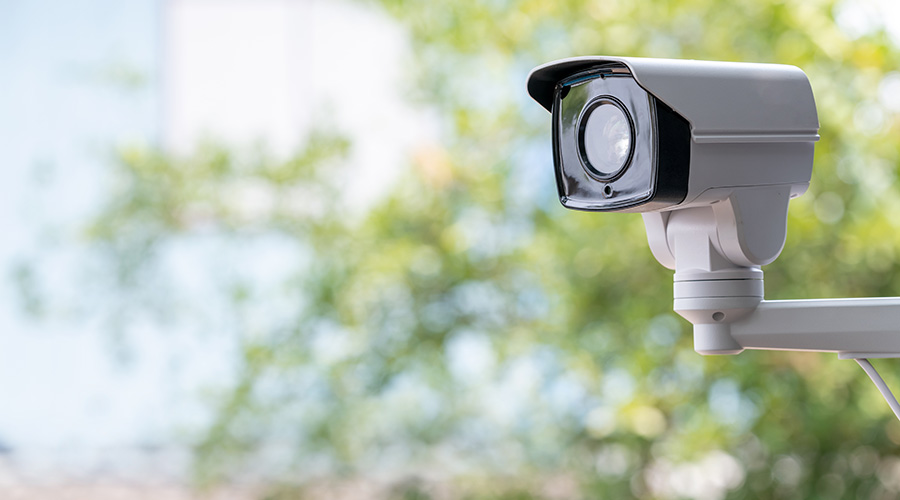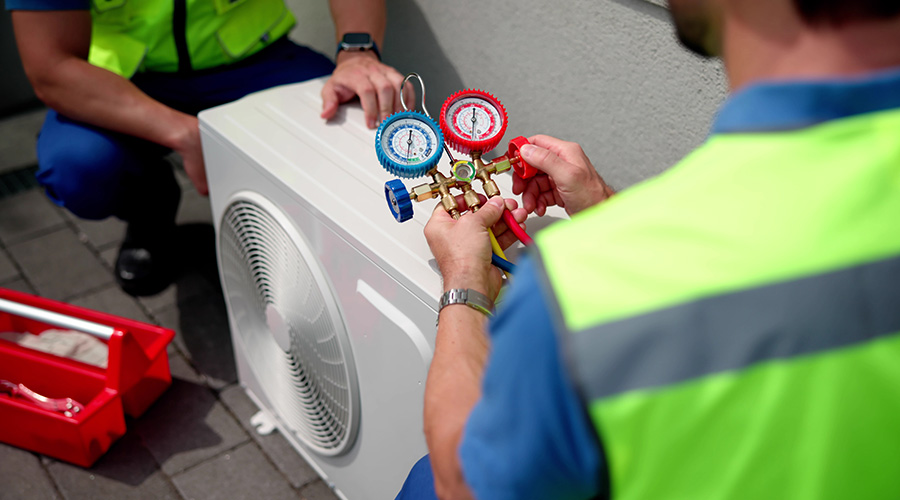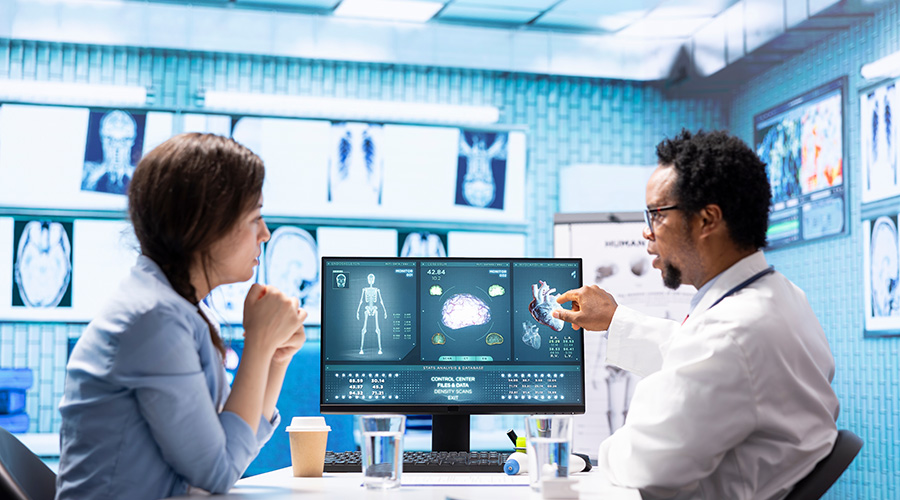While healthcare facilities are meant to be welcoming environments, the intrusive and intimidating nature of security systems can seem antithetical to that. However, security systems, safety and inviting atmospheres don’t have to be in conflict. In fact, modern security systems can be designed to be obscured from sight or be more subtle.
In this manufacturer roundtable, Healthcare Facilities Today spoke with security technology manufacturers about how they are designing their systems to strengthen safety without sacrificing a hospitable space.
How do you design and implement these systems in ways that enhance safety without making healthcare environments feel intimidating or overly restrictive for patients and visitors?
“Designing and implementing surveillance and weapon detection systems in healthcare environments requires a delicate balance between enhancing safety while ensuring the patient and visitor have a more uneventful experience. A good example is Visitor Management Systems. The goal of the system is to discreetly screen visitors using ID verification and watchlist checks while preventing entry by flagged individuals without confrontation.”
— Barbara Wood, key account manager, Genetec
Related Content: How Doors Help Provide Security and Privacy in Healthcare Facilities
“It's a balancing act. Hospitals need to strengthen security in response to rising violence, while still feeling like places of care. The challenge is to integrate these detection systems into the environment, without making it feel like a fortress. A pro-active posture to security doesn't need to make a building feel like a prison to harden it from harm. Discreet safety technology is the answer, tools that harden facilities against harm without creating an atmosphere of fear.
Modern solutions are designed with that in mind, and blend into the background. Touchless walk-through weapons detection systems look more like open archways than traditional metal detectors and avoid the lineups and bottlenecks of classic ‘checkpoint’ screening. Camera-based visual weapons detection takes that a step further, operating invisibly by utilizing security cameras mounted above foot traffic. These systems are barely seen during day-to-day activity and allow hospitals to maintain a welcoming environment while silently adding proactive protection.”
— Eric Polovich, director of sales operations, Omnilert
“Aesthetics and technology that is conducive to a seamless, unintrusive user experience can go a long way in establishing comfort for patients and visitors while minimizing screening-related confrontations or incidents. In the R&D process, it’s important for security manufacturers to consider not only the ultimate goals of the technology (weapons detection), but how that technology can successfully be utilized to cultivate a safe and welcoming environment where appropriate. Hospitals and healthcare facilities certainly fall under that category.”
— Steve Novakovich, chief executive officer, Garrett Metal Detectors
Jeff Wardon, Jr., is the assistant editor of the facilities market.

 Skill Stacking: How Micro-Credentials Are Reshaping Trades
Skill Stacking: How Micro-Credentials Are Reshaping Trades Prima Medicine Opens New Location in Tysons, Virginia
Prima Medicine Opens New Location in Tysons, Virginia Anchorage Neighborhood Health Center Ensnared in Cyberattack
Anchorage Neighborhood Health Center Ensnared in Cyberattack Healthcare Real Estate: Responding to Shifting Patient Demands
Healthcare Real Estate: Responding to Shifting Patient Demands Over 40% of Workers Impacted by Seasonal Depression
Over 40% of Workers Impacted by Seasonal Depression